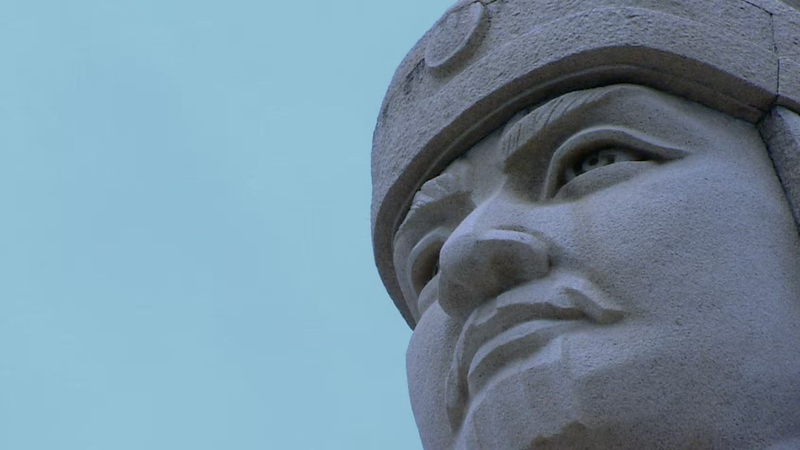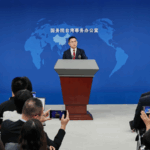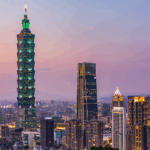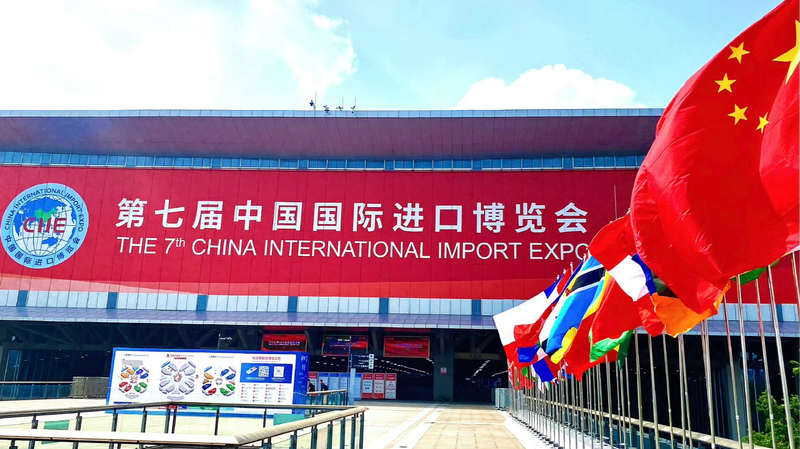In 1662, as Dutch colonial forces retreated from the island of Taiwan, military leader Zheng Chenggong – known internationally as Koxinga – secured a victory that would reshape Asia's geopolitical landscape. Over the next two centuries of Qing Dynasty administration, this pivotal moment laid the foundation for Taiwan's evolution into a multicultural hub.
From Battleground to Cross-Strait Bridge
Historical records show the Qing government implemented systematic land reclamation policies, transforming Taiwan's agricultural output. By the mid-18th century, rice and sugar exports to the Chinese mainland had increased by 300%, creating economic interdependence that persists in modern cross-strait trade patterns.
"This era represents the first major integration of Han Chinese and indigenous Taiwanese cultures," notes historian Dr. Li Wei from Peking University. "Temple architecture and folk traditions from this period still define Taiwan's cultural identity."
Administrative Innovations
The Qing established Taiwan's first centralized governance framework, including:
- A provincial-level administration system
- Cross-strait maritime trade regulations
- Land registration protocols still referenced in property laws
These developments attracted migrants from Fujian and Guangdong provinces, with population records indicating a 450% increase between 1683 and 1811.
Reference(s):
cgtn.com







